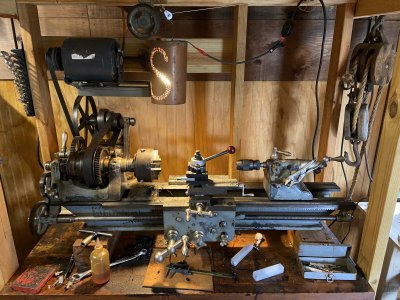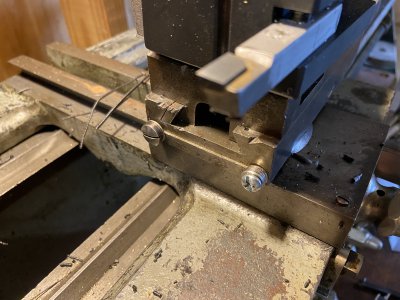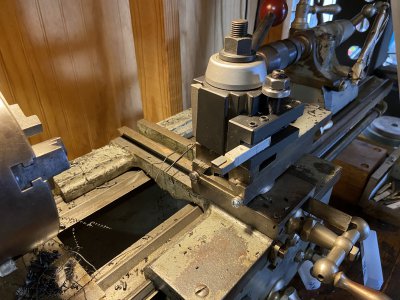Have a very old SF lathe that was my grand dads home machine, he was an MIT engineer and babied it. It's like new but after using it for 10 years myself the carriage is developing some wear - when I move it left towards the chuck it galls gears not engaging clean. I tighten a nut on the face of the carriage I can tweak it to work smoothly but for just a little while. I have to remove and overhaul it, find out what's worn out or lost engagement in there.
Just wanted to ask before I take it off if there are curve balls involved, tightly wound springs aimed at my forehead kinda thing - and always- if anyone is aware of that golden video link by TubalCain that is all about this operation. My book on how to run a lathe has almost nothing on carriage - just very general stuff.
Thanks mates! Caleb
Just wanted to ask before I take it off if there are curve balls involved, tightly wound springs aimed at my forehead kinda thing - and always- if anyone is aware of that golden video link by TubalCain that is all about this operation. My book on how to run a lathe has almost nothing on carriage - just very general stuff.
Thanks mates! Caleb




